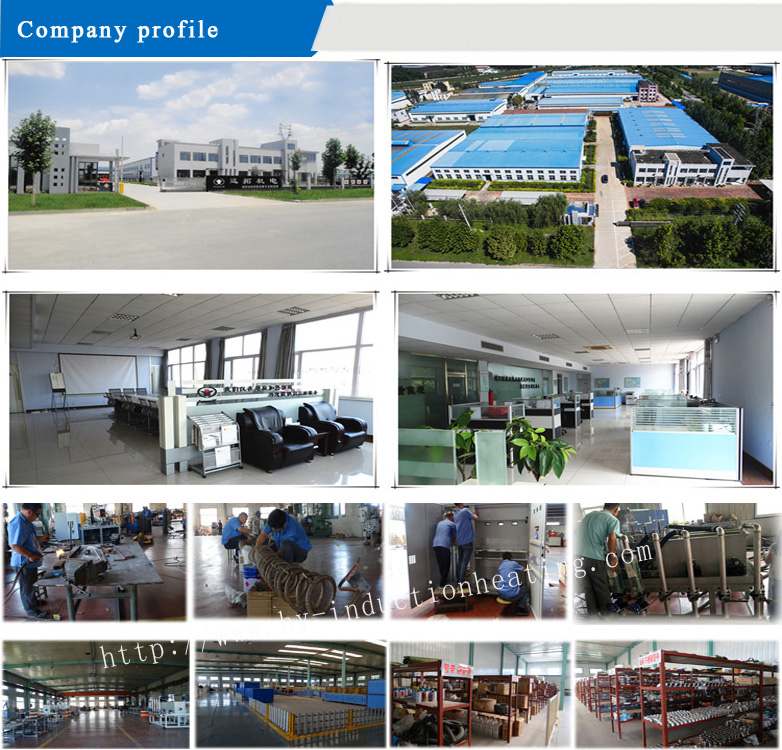What is metal surface heat treatment? What is metal bulk heat treatment? What is the difference between the heat treatment of the metal surface and the heat treatment of the metal as a whole? Today, Yuantuo electromechanical editor will come with you to understand the mysteries of this.

First, surface heat treatment is a metal heat treatment technology which only heats the surface layer of workpiece to modify the mechanical function of the surface layer. In order to heat only the surface layer of the workpiece and not bring too much heat into the workpiece, the heat source used must have a high energy density, that is to say, large thermal energy should be given to the workpiece per unit area, so that the surface layer or part of the workpiece can reach the high temperature for a short or instantaneous time. The primary means of surface heat treatment are flame quenching and induction heating, commonly used heat sources such as oxyacetylene or propane oxypropane, induced current, laser and electron beams, etc.
Second, integral heat treatment
1, annealing is the heating of the workpiece to the appropriate temperature, according to the data and the size of the workpiece to choose a different holding time, and then slowly cooling, in order to make the metal internal arrangements to reach or close to the equilibrium condition, Obtain outstanding technical and operational functions, or prepare for further quenching.
2. Normalizing is the cooling of the workpiece in the air after it is heated to an appropriate temperature, and the normalizing effect is similar to that of annealing, only the arrangement obtained is finer and is often used to improve the cutting function of the data. Also sometimes used for some of the less demanding parts as the end of the heat treatment.
3. quenching is the rapid cooling in water, oil or other inorganic salts, organic water solution and other quenched media after heating and holding the workpiece. The steel parts hardened but brittle together after quenching.
4. In order to reduce the brittleness of steel parts, the quenched steel parts are kept warm for a long time at an appropriate temperature higher than room temperature and below 650 ℃, and then cooled. This technology is called tempering.

Overseas manager: Tom Wang
Email:tom@foreverfurnace.com
Phone: 0086-13303078975(whatsapp, wechat,line)
Specialist of bar heat treatment furnace in China; Glad to be your business partner in induction heating field.
Post time: 04-27-2019



